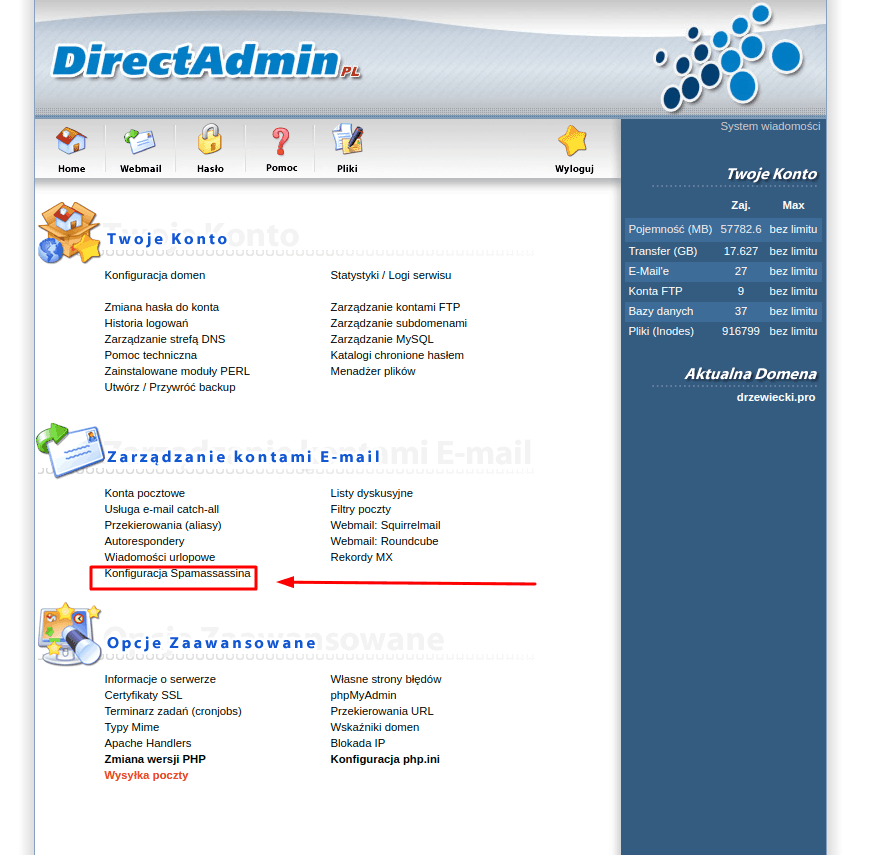

Using nano text editor: $ sudo nano /etc/spamassassin/local.cf We can now start adding rules to SpamAssassin. When you are done editing the file, press CTRL+X, Y and Enter to save the changes. To pick the latest updates from SpamAssassin, we are going to change the CRON value from 0 to 1: CRON =1 Then, locate the below line on the same file: OPTIONS="-create-prefs -max-children 5 -helper-home-dir"Ĭhange it to: OPTIONS="-create-prefs -max-children 5 -username spamd -helper-home-dir /home/spamd/ -s /home/spamd/spamd.log" Next, we are going to create a SAHOME variable and direct it to SpamAssassin home directory: SAHOME="/var/log/spamassassin/" To enable SpamAssassin on the system, find the parameter ENABLED and change its value from 0 to 1. To do this, open the file /etc/default/spamassassin using nano text editor: $ sudo nano /etc/default/spamassassin Next, we need to create a dedicated user for SpamAssassin: $ sudo adduser spamd -disabled-login Step 3: Configuring SpamAssassinĪfter installation, we are going to edit the SpamAssassin configuration file.
SPAMASSASSIN WINDOWS INSTALL
Then we can install SpamAssassin with the command below: $ sudo apt-get install spamassassin spamc Step 2: Creating a User for SpamAssassin
SPAMASSASSIN WINDOWS UPDATE
So before we install it, let's first update the package information index: $ sudo apt-get update
SPAMASSASSIN WINDOWS SOFTWARE
SpamAssassin is available on the Ubuntu software repository. Step 1: Installing and Configuring SpamAssassin


 0 kommentar(er)
0 kommentar(er)
